The brachialis workout engages the unused muscle beneath the biceps, which helps to strengthen the elbows, increase the size of the arms, and enhance the biceps peak. With consistent, progressive training, by incorporation of neutral- and pronated-grip exercises such as hammer, reverse, and spider curls, one can develop thicker and stronger arms as well as increase pulling power regardless of age.
- What Is the Brachialis?
- Why You Should Train the Brachialis
- How to Target the Brachialis
- Best Brachialis Workouts
- Case Study: Ali’s Arm Upgrade
- Training Tips for the Brachialis
- Common Mistakes to Avoid
- Sample Brachialis Workout Routine
- Beyond the Brachialis: Wider Biceps and Bigger Arms
- Special Techniques and Variations
- Do Curls Work the Chest?
- Weight vs Reps: Which Is Better?
- The Bottom Line
- Frequently Asked Questions
What Is the Brachialis?
The brachialis is located beneath the upper arm of the arm just under the biceps, and this is connected at the humerus and ulna. The brachialis is pure elbow flexion as opposed to the biceps, which also rotate the forearm. This causes it to be a heavyweight in drawing movements and curls, on whatever grip.
Due to the location of the brachialis below the biceps, developing it makes the upper arm thicker and wider. Although it has no direct effect on the biceps peak itself, a stronger brachialis elevates the biceps to a higher position, causing the peak to be more prominent. That is, serious muscle training will enhance the muscularity and beauty of your arms.
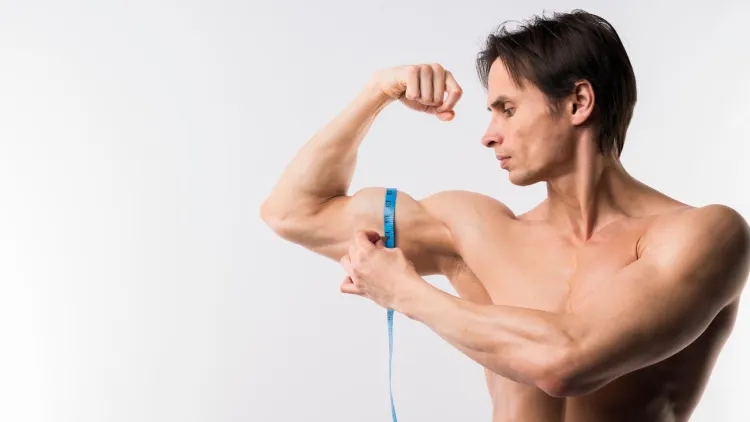
Why You Should Train the Brachialis
1. Greater Arm Size
The brachialis is the one that offers support to your biceps. Once it develops, it literally pulls your biceps out, enhancing the peak and the width.
2. Better Arm Strength
It is the main elbow flexor, and therefore a much stronger brachialis will enhance your pulling strength in exercises like a row, pull-up and T-bar rows.
3. Balanced Development
When the biceps are overemphasised, it would lead to imbalance. Specific exercises on the brachialis guarantee the full development of the elbow flexors and stability in the joints.
4. Training Long-lasting
Supportive muscles such as the brachialis lose their effectiveness, appearance, and injury resistance after 50 years, but their regular training makes them appear and perform better.
How to Target the Brachialis
The neutral or pronated grips increase the activity of the brachialis. A pronated grip is where your palms are downwards, as in a reverse curl. Neutral grip (palms facing each other) also redistributes the tension to the brachialis instead of the biceps. A supination grip (facing up), on the contrary, produces a greater effect on the biceps. These grips enable you to adjust your arm exercises.
Other lifters also use a false grip (thumbs on the same side of the bar), which is less stable but provides a different forearm tension, and is only used by experienced lifters.
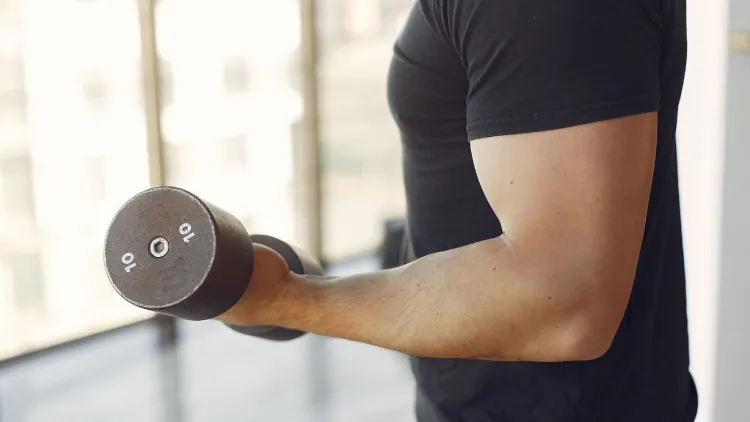
Best Brachialis Workouts
The following are the main exercises of any brachialis workout, and how to do them in order to get the best out of them.
1. Hammer Curls
- How to Do It: A neutral grip (astride with palms facing each other) is taken, and the dumbbells in hand are held. Fold, and keep the elbows pulled down and low.
- Why It Works: The neutral grip eliminates the stress that the biceps are under and puts the emphasis on the brachialis and brachioradialis.
- Additional Advice: Reduce the rate of eccentric (lowering) to promote growth. Yes, the brachialis is boosted by the hammer curls.
2. Reverse Curls
- Easy Way: The EZ-bar or the straight bar is to be held in the overhand (pronated) grip. Bend with the elbows locked down to the ground and pull down slowly.
- Why It Works: The pronated grip produces maximum activation of the brachialis in the process of working your forearms. Reverse curls are more specific to many of them compared to hammer curls, but it is best to have alternation between them.
3. Cross-Body Hammer Curls
- Instructions: Perform the exercise with dumbbells in a neutral position so that one of the arms is drawn over the torso towards the opposite shoulder. Alternate arms.
- Why It Works: It gives a different angle to directly stimulate the brachialis to facilitate new growth.
4. Zottman Curls
- How to Do It: Do a typical curl with palms up and invert your wrists with palm down at the top and the bottom gradually.
- Why It Works: Biceps mixes are concerned with the upward motion that is accompanied by the brachialis, focusing on the downward motion.
5. Spider Curls (to help biceps-brachialis splenic couple)
- How to Do It: Lie with chest down on an incline bench, with arms straight down, and dumbbells held in a supinated or neutral grip. Roll up and squeeze at the top.
- Why It Works: Keeps the elbow flexors on full force, and thus it is easier to isolate the biceps or the brachialis, depending upon which grip is used.
6. Cable Rope Hammer Curls
- Difficulty: Easy. This is done by tying a rope to a low pulley and holding the rope in a neutral position, and curling upwards.
- Mechanism: The constant tension of cables increased the stimulus of the brachialis.
Case Study: Ali’s Arm Upgrade
Ali, aged 34, had been putting in years working on the biceps but was not improving in thickness laterally. By using a doubled dose of brachialis exercises, because of which he developed hammer curls, reverse curls and spider curls with a gradual increase in intensity, his arm size increased by 14.2 to 15 inches within 12 weeks. The lower brachialis was stronger, and his pulling lifts got better, as well as his biceps peak appeared higher.
Lesson: The straight- and face-down grip curls and consistency and incremental increase of weight can easily develop the brachialis muscle and make the arms seem rounder.
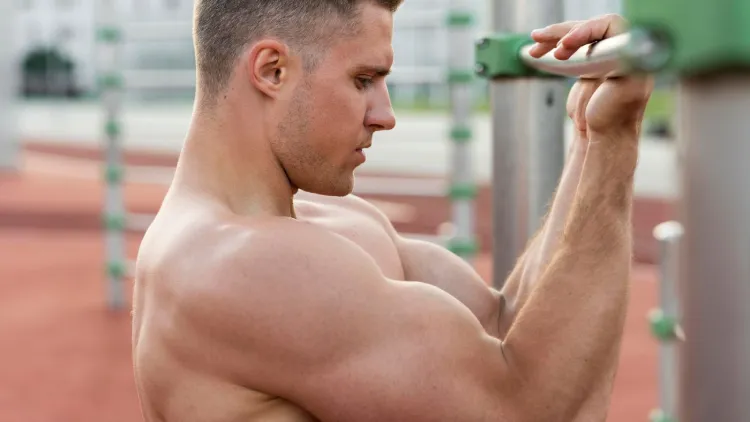
Training Tips for the Brachialis
- Reps and Sets: 10-15 reps each set are the most common mode of operation on the brachialis, though heavier weights, like 6-8 reps in the bottom half, and 7-7-7 style curls, i.e. 7 reps bottom half, 7 reps top half, and 7 full range are a common variation of 8-10 reps to add intensity to curls and get the biceps and brachialis to coordinate.
- Progressive Overload: To make sure that muscles keep reciprocating, add weight or reps gradually. A 13 kg biceps curl is good when starting with it, but concentrate on the gradual progress instead of the number on it.
- Frequency – Train twice a week / add two exercises to your pull/arm day.
- Grip Variety: Your brachialis friends are the neutral and the pronated grip. The biceps peak is also very good with supinated curls.
- Form First: Do not swing or use momentum. Good control is considered more than full load.
Common Mistakes to Avoid
- Ignoring Grip Position: If you are using only supinated curls, the brachialis will remain underdeveloped.
- Too Little Volume: If your bicep is just not growing, then add some sets of hammer or reverse curls right at the beginning.
- Chasing Quick results, you can’t get huge biceps in a week – it takes getting training, good food and rest.
- Neglecting Compound Lifts: Exercises such as T-bar rows, pull-ups, and chin-ups also challenge the brachialis indirectly and increase the width of the arms.
- Skipping Recovery Muscles are built outside of the gym. Allow at least a 48-hour rest between sessions in the arms when using hard sessions.
Sample Brachialis Workout Routine
| Exercise | Sets | Reps |
| Hammer Curls | 3 | 10–12 |
| Reverse Curls | 3 | 10–12 |
| Spider Curls (Neutral Grip) | 3 | 12–15 |
| Cross-Body Hammer Curls | 3 | 12–15 |
| Zottman Curls | 3 | 12–15 |
(Do once or twice per week, pairing with rows or back day.)
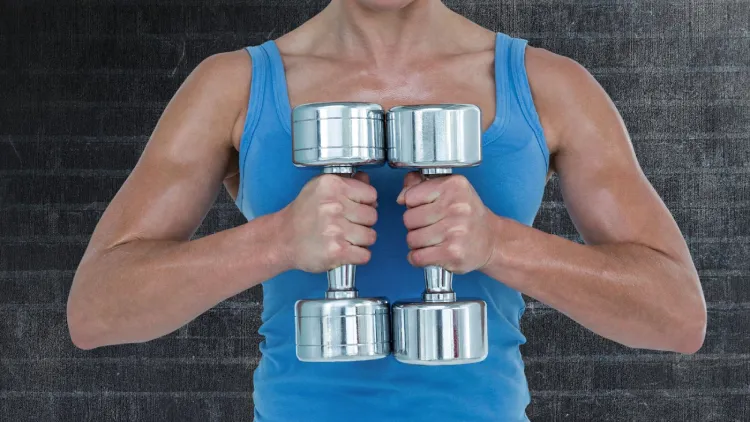
Beyond the Brachialis: Wider Biceps and Bigger Arms
If you want to build width and a peak on your biceps, then include other exercises such as incline dumbbell curls, concentration curls, preacher curls, etc. The “king of all biceps exercises”, like many other exercises for the arms due to its simplicity and ability to load the muscles. Combining this with a brachialis workout guarantees that your arms have height and size.
Even in old age, when one is 50 or over, progressive resistance training can increase arm size and strength. Nutrition, adequate protein and proper resting allow for speed results. Legendary bodybuilders, including Sergio Oliva and many others of 22 to 25-inch biceps, have built them over years, not weeks – consistency is key.
Special Techniques and Variations
- 777 or “7s” Bicep Workouts, 21 reps split on 3 places of motion: Using either the hammer or reverse curl, just an option to make it work to begin with, while the brach bicep group.
- Garuda 7 Exercise: A creative variation to cable or dumbbell curls that also puts stress on the elbow flexors in cervical unique angles.
- Supinated vs Pronated Curls: A Combination of both should be made to ensure complete development.
- False Grip Work: It is optional and it can be done at the advanced level lifters; the wrist position is alleviated, but one must exercise caution.
Do Curls Work the Chest?
No -curls are mainly directed at the elbow flexors (biceps, brachialis, brachioradialis). The development of the chest is achieved through pressing exercises such as the bench press and push-ups. Nonetheless, the standing of your pulling lifts could bebynhanbyd on a stronger arm flexor system; thus, indirectly aiding the building of the upper body.
Weight vs Reps: Which Is Better?
The two methods develop muscles. Lower rep weight makes him stronger, and higher weight should be used with more repetitions, making him spend more time under tension. In the brachialis, both of them can be efficient. Several lifters have prospered on medium weight and typical form so that they can safeguard their wrists and elbows.
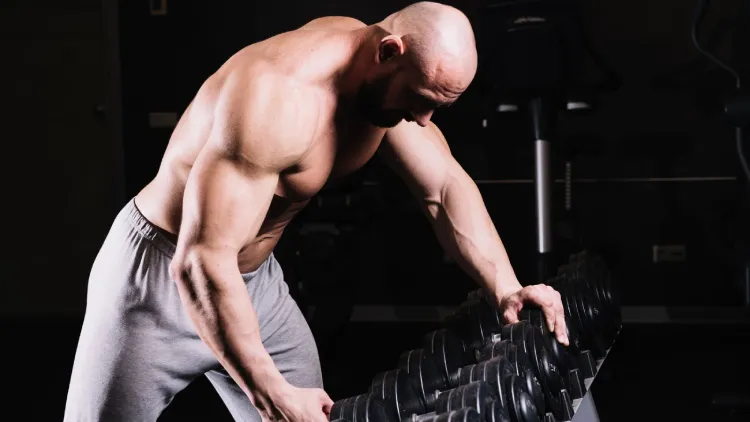
The Bottom Line
The brachialis exercise is a must-have for people who wish to have a more handsome and sturdy set of arms. This is a clayed muscle, which propels the biceps to make the peak as well as the overall arm size wider. When you do the combination of hammer curls, reverse and spider curls with progressive overload, you will experience better arm strength, and your arms will look better.
Use neutral grips and pronated grips, repeat the same, and alternate the range of repetition to provide a spur to growth. The brachialis reacts to astute, regular exercise, whether you are a novice who wants to learn how to curl 13 kg or an advanced lifter considering a 7-7-7 type of training. Eventually, the payoff is apparent: the build-up by making arms stronger and having the ability to pull up higher – an advantage that any lifter, athlete or fitness fanatic can tout.
Frequently Asked Questions
What frequency of training should be used in the brachialis?
It is best to train your brachialis 1- 2 times/week. Add the exercises on the neutral as well as pronated grip, like the hammer curls, reverse curls, and spider curls on an arm or pull day, spaced by no less than 48 hours of rest.
Is brachialis actually increased by hammer curls?
Yes. The neutral grip of hammer curls has transferred tension that moves off the biceps, moving to the brachialis and brachioradialis. With time, they assist in making arms thick and strong.
Why doesn’t my brachialis grow?
The most frequent causes are doing merely supinated curls, failing to use progressive overload, and using insufficient training volume. Live the grips, work up to more weight/reps and also allow muscle time to rest.
Is the brachialis construction better than the biceps brachii?
Indirectly, yes. The brachialis is located just under the biceps; in fact, as it develops, those pulls the biceps outward, thereby increasing the appearance of the peak and ensuring that the arm looks even broader.
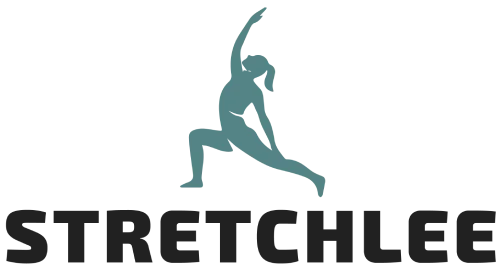


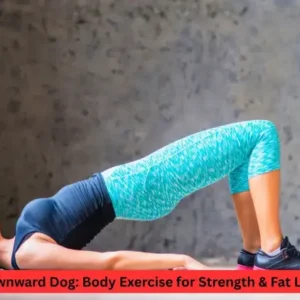
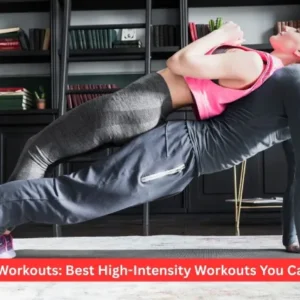
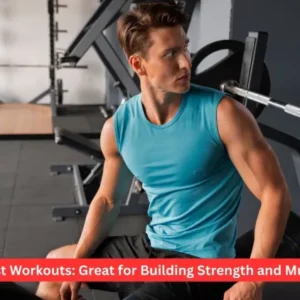


2 thoughts on “Best Brachialis Workout: Build Muscle For Bigger Biceps”
Thanks for another informative web site. The place else could I am getting that kind of information written in such an ideal approach?
I have a undertaking that I’m simply now operating on, and I’ve been at the glance out for such info.
Thank you so much! I’m really glad you found the information helpful. If you ever need more details or support for your project, feel free to ask anytime!